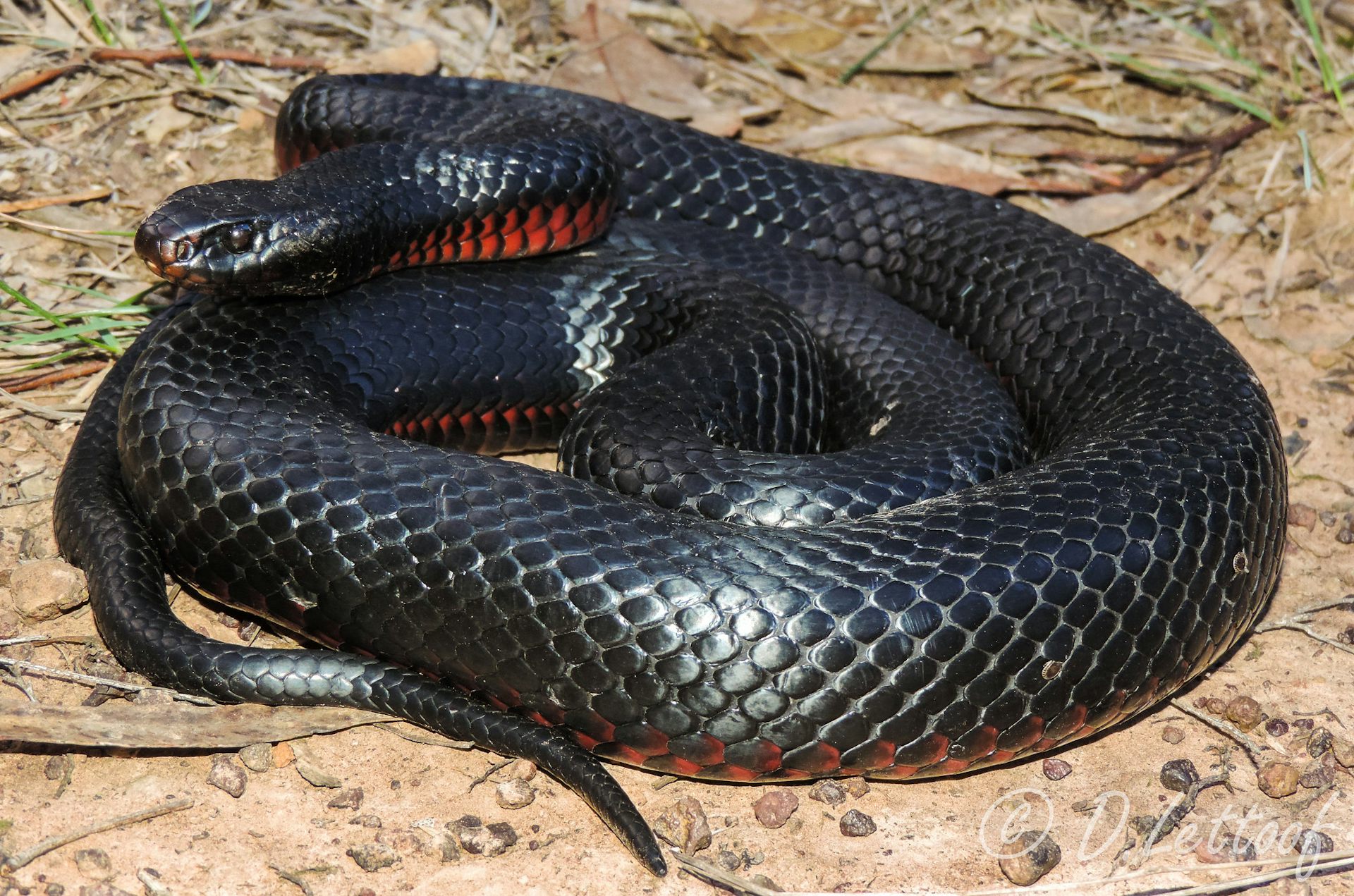Introduction
Tiger snakes (Notechis scutatus) are among one of the most interesting yet been afraid reptiles located in Australia. With Australian snake distribution their striking look and powerful venom, these serpents evoke a mix of awe and care. Observing tiger snakes in their natural environment can be an exciting experience for nature lovers, wildlife photographers, and scientists alike. Nevertheless, it's important to approach this endeavor with regard for the animal's environment and an understanding of safety measures to prevent snake bites.
In this detailed overview, we'll check out exactly how to securely observe tiger snakes in their natural habitat. We will cover topics varying from understanding their behavior and environments to emergency treatment for snake attacks-- equipping you with understanding to enhance your experience while lessening dangers.
What is a Tiger Snake?
Tiger serpents are extremely poisonous serpents native to Australia, specifically Tasmania and seaside regions. They are known for their unique banded coloration resembling a tiger's red stripes, which can vary from yellowish-brown to dark brownish or even black.
Physical Characteristics
Tiger serpents are tool to large-sized serpents that can grow up to 2 meters long. Their bodies are durable, and they have a wide head that is clearly wider than their necks.
Habitat Preferences of Tiger Snakes
These reptiles commonly occupy marshes, estuaries, and coastal regions but can likewise be discovered near freshwater sources like rivers and lakes. Comprehending where these snakes live is essential for any person looking to observe them safely.
Understanding Tiger Serpent Behavior
Are Tiger Snakes Venomous?
Yes, tiger serpents are among the most poisonous serpent varieties globally. Their poison has neurotoxins that can lead to significant medical difficulties if bitten.

Behavioral Traits
Tiger snakes are usually timid animals; they prefer to avoid human communication. Nonetheless, they can become hostile if intimidated or collared.
Where Can You Locate Tiger Snakes?
Tiger Serpent Habitat Exploration
To safely observe tiger snakes in their all-natural habitat, it's crucial first to identify where they grow. They have a tendency to favor:
- Coastal marshlands Mangroves Swamps Riverbanks
Best Places for Observation
Some advised areas consist of:
- Tasmanian wetlands The coasts of southerly Australia National parks with water bodies
Safety Preventative measures Before Observing Tiger Snakes
Understanding the Threats of a Tiger Snake Bite
Although experiences with tiger serpents can be awesome, being aware of the threats entailed is critical:
Recognize signs and symptoms of a serpent bite: swelling at the site, discomfort emitting from the bite area. Know emergency situation calls: Familiarize on your own with regional emergency situation services. Carry a first-aid set particularly outfitted for snake bites.First Help for Snake Bites: What You Required to Know
Knowing what actions to take if bitten might conserve your life or another person's:
- Stay calmness; movement raises venom spread. Call for medical help immediately. Do not apply ice or effort suctioning.
How to Securely Observe Tiger Snakes in Their All-natural Habitat
When you determine to observe tiger snakes in the wild:

Equipment Needed for Observation
Essential Gear Checklist
- Binoculars First-aid set particularly designed for snake bites Field guidebook on Australian reptiles Camera (with zoom capability)
Snake Bite First Aid Kit Essentials
A well-appointed first aid set ought to include:|Item|Objective|| -------------------------------|-------------------------------|| Compression bandage|To immobilize the damaged area|| Antihistamines|For allergies|| Emergency situation contact numbers|Quick accessibility during emergencies|
Interpreting Tiger Serpent Signals
Understanding exactly how tiger snakes connect via body language aids observers assess when it's secure or harmful:
Common Behaviors
Defensive posture: If coiled or increased off the ground. Retreating habits: When they slowly retreat from possible threats.Dealing With Prospective Encounters
Even with precautions taken, an encounter may still take place throughout your observation journey:
Remain tranquility; worrying only increases risks. Slowly pull back without transforming your back on the snake. Make your presence known verbally however avoid abrupt movements.
Frequently Asked Questions Regarding Tiger Snakes
1. What need to I do if I see a tiger snake?
Remain calmness; observe from a Go to this website range without troubling it.
2. Are baby tiger snakes dangerous?
Yes, juvenile tiger serpents are born poisonous and may pose risks comparable to grownups in spite of being smaller.
3. Just how usual are tiger serpent bites?
While events occur every year in Australia, fatalities are uncommon because of timely therapy availability.
death adder snake4. Can I keep a tiger serpent as a pet?
Keeping wild tiger snakes as pets is illegal in several areas as a result of conservation laws.
5. What does a tiger snake attack look like?
Bite marks typically show 2 puncture injuries in addition to localized swelling and discoloration.
6. Exactly how effective is antivenom?
Antivenom therapy is very reliable when administered prompt after a bite.
Conclusion
Observing tiger serpents in their natural habitat provides an exciting possibility for wildlife lovers however must be come close to with caution and regard for both the animal and its setting. By equipping on your own with understanding regarding these fascinating reptiles-- consisting of understanding their habits and safety measures-- you can delight in remarkable experiences while dramatically minimizing threats related to encounters.
In summary, constantly focus on safety by preparing sufficiently prior to embarking on any kind of wild animals observation expedition-- especially when handling a few of nature's most venomous creatures like the tiger snake!
